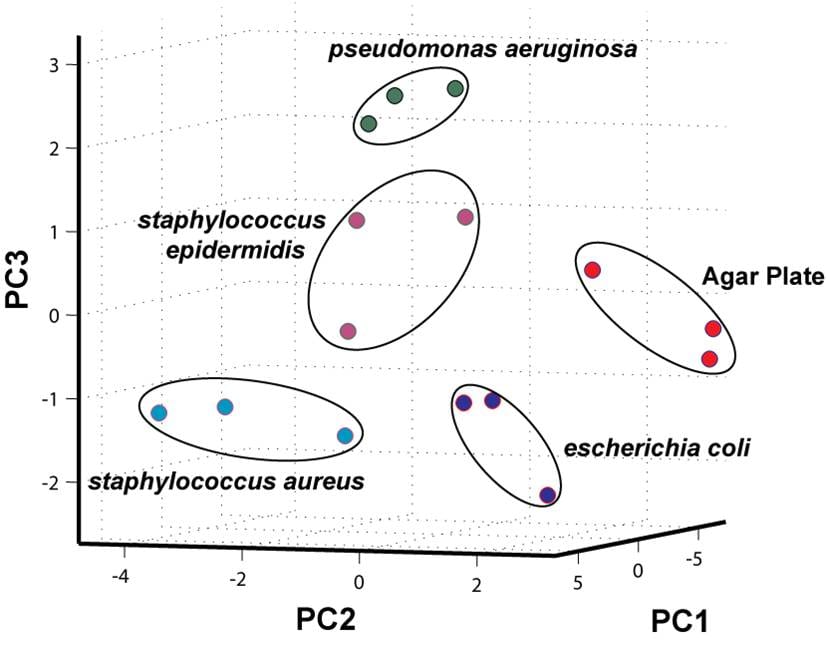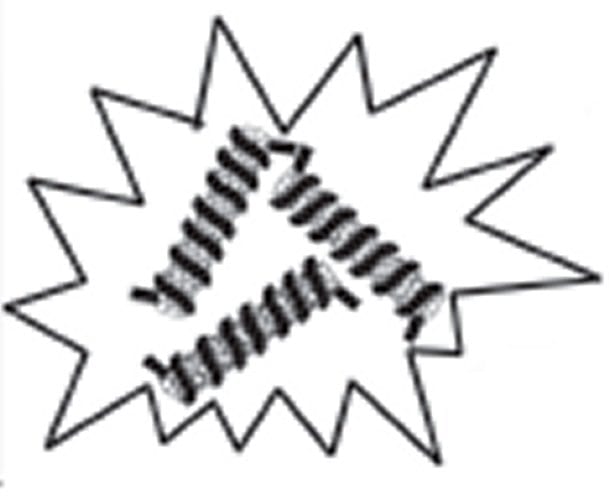A nanoparticle-based nerve agent detector is developed by researchers in Korea


A nanoparticle-based nerve agent detector is developed by researchers in Korea

So what is next for nanochemical and biochemical sensor research? Shouldn’t we be trying to find the next glass pH electrode, rather than trying to squeeze that extra fraction of a percent out of our tried and tested materials?

Nuclease activity can be detected by a simple, sensitive, and selective test based on light scattering of carbon nanotubes, with no need for a label.
French scientists have made light-sensitive memory devices by combining carbon nanotubes and silicon nanowires.
University of Southern Mississippi scientists imitated Mother Nature by developing a new, skinny-molecule-based material that resembles cilia, the tiny, hair-like structures through which organisms derive smell, vision, hearing and fluid flow.
Light is needed to initiate a new type of atomic switch that has gaps larger than the previously required 1 nm. A series of such wavelength-dependent devices could one day be used for image recognition.
Ever wondered if your food has been kept cold enough before you buy it? Here’s a way to find out…using nanoparticles to sense and record temperature changes.

MaterialsViews catches up with Karen Gleason, Associate Dean of Engineering at MIT, to talk CVD, scientific jigsaws, and The Good Doctor.